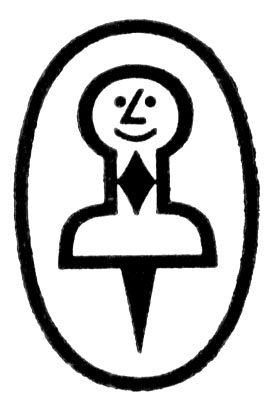
Murray begins... "The Push Pin guys graduated from Cooper Union in 1951... and they used this place in Manhattan, Harry Lapow, a package design studio, as a kind of 'maildrop' - a headquarters. Before the Cooper Studio I got a staff job there for a couple of weeks - for peanuts - and I was fired from there as well," he chuckles. "I was doing mechanicals and they tried me out for design stuff and I was awful (I didn't think I was that awful, but they did) and I think that's where I became aware of Push Pin. Because of their relationship with this Harry Lapow I came across a Push Pin Almanac - the original publication - and I just loved their stuff. I still think Milton Glaser is a brilliant illustrator/designer - and person."
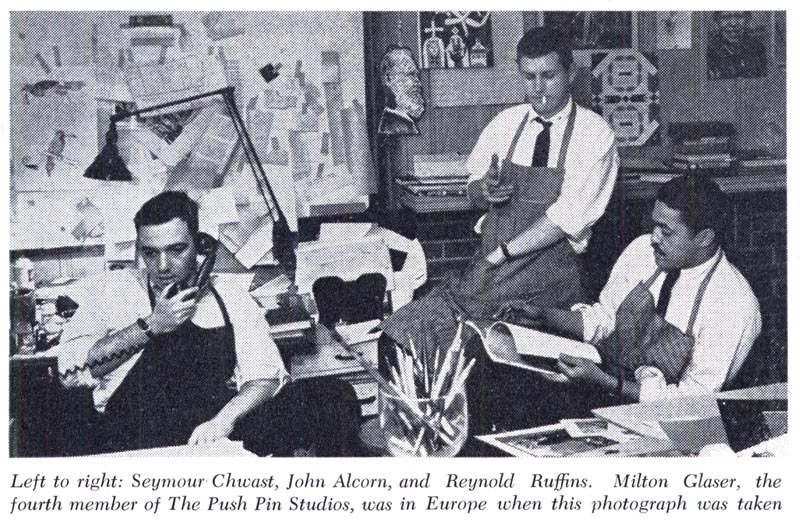
For Murray, the discovery of the Push Pin artists was a revelation. Murray told me, "I've said before that I only had three problems with becoming an illustrator: I couldn't draw, I couldn't paint and I was colour-blind. I had no training... I never had an illustration course in my life... I only had one semester of figure drawing... I really felt unencumbered by knowledge!"
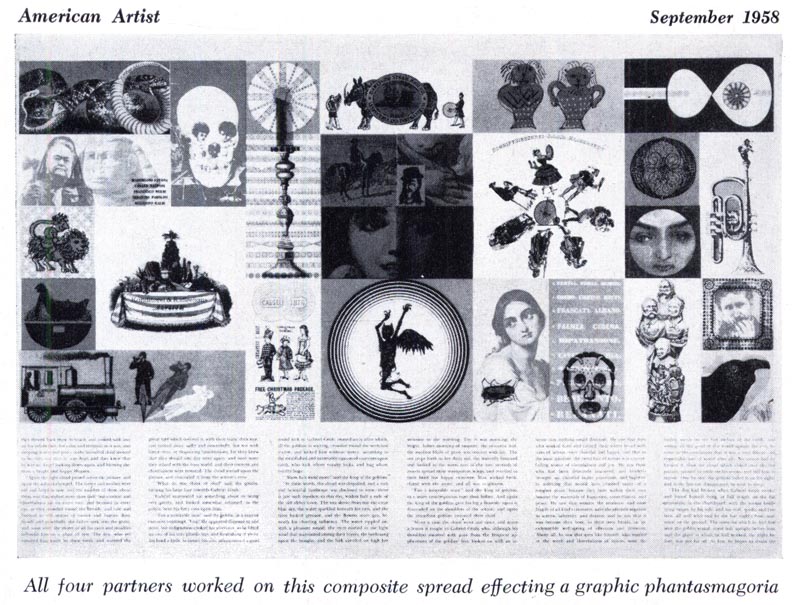
Murray had already become aware of Lorraine Fox's work when he was employed at American Artist Group Greeting Cards. He says, "[In spite of having no formal illustration education] I knew enough that what Lorraine was doing was brilliant. Anybody could tell what Al Parker did and what Norman Rockwell did was brilliant. But Lorraine was doing brilliant stuff that didn't depend on the academic foundation of Parker or Rockwell."
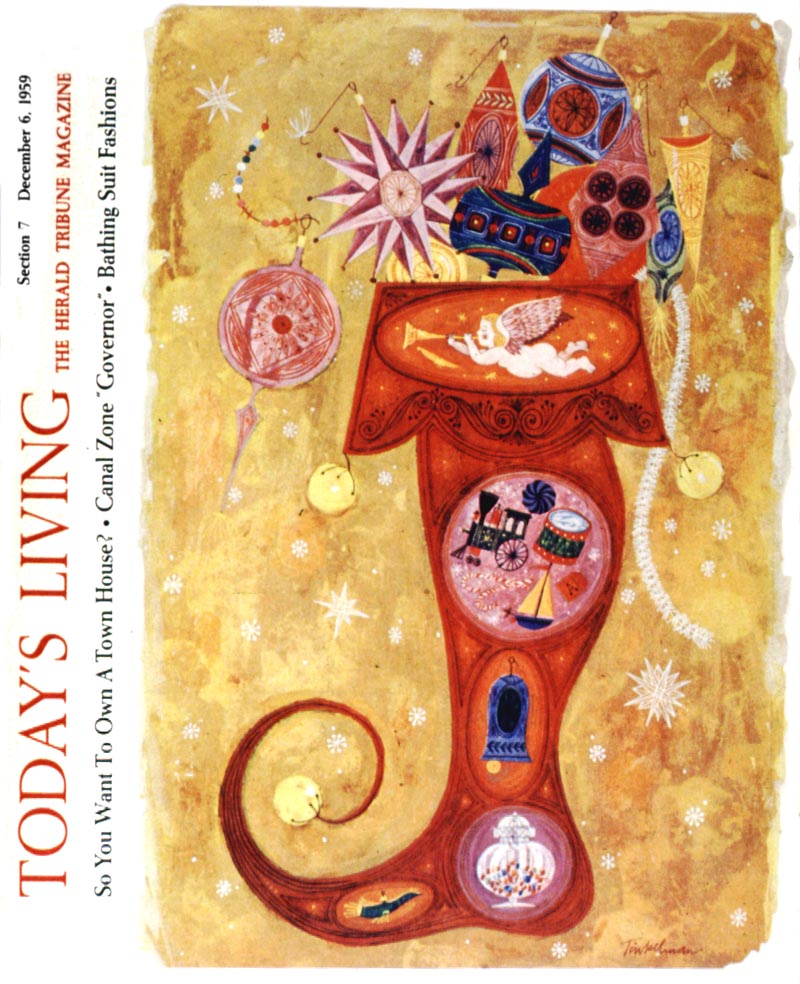
"So it wasn't that far a stretch to see how smart and how talented Milton Glaser was. In a way, he lived in that world that Lorraine lived in... that world of decorative illustration. It wasn't quite cartooning, it wasn't quite narrative illustration, it was a kind of symbolic illustration that depended on folk art as a root source."
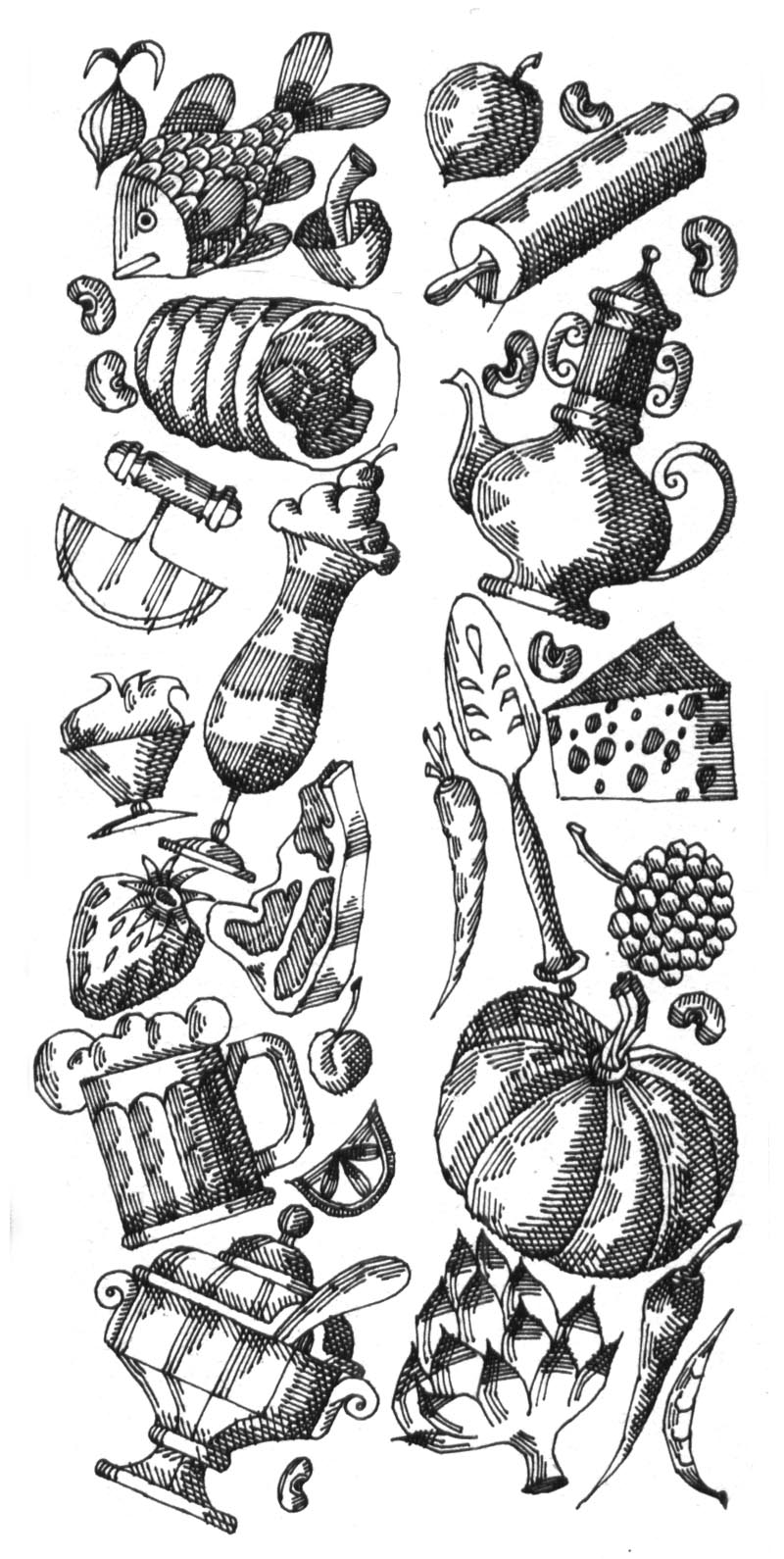
"Anyway, I looked at the Push Pin people, I looked at Lorraine, and I used them as my influence. Where (Seymour) Chwast would do a woodcut, well, I would do a series of woodcuts (for American Cyanimid I did a campaign of woodcuts).
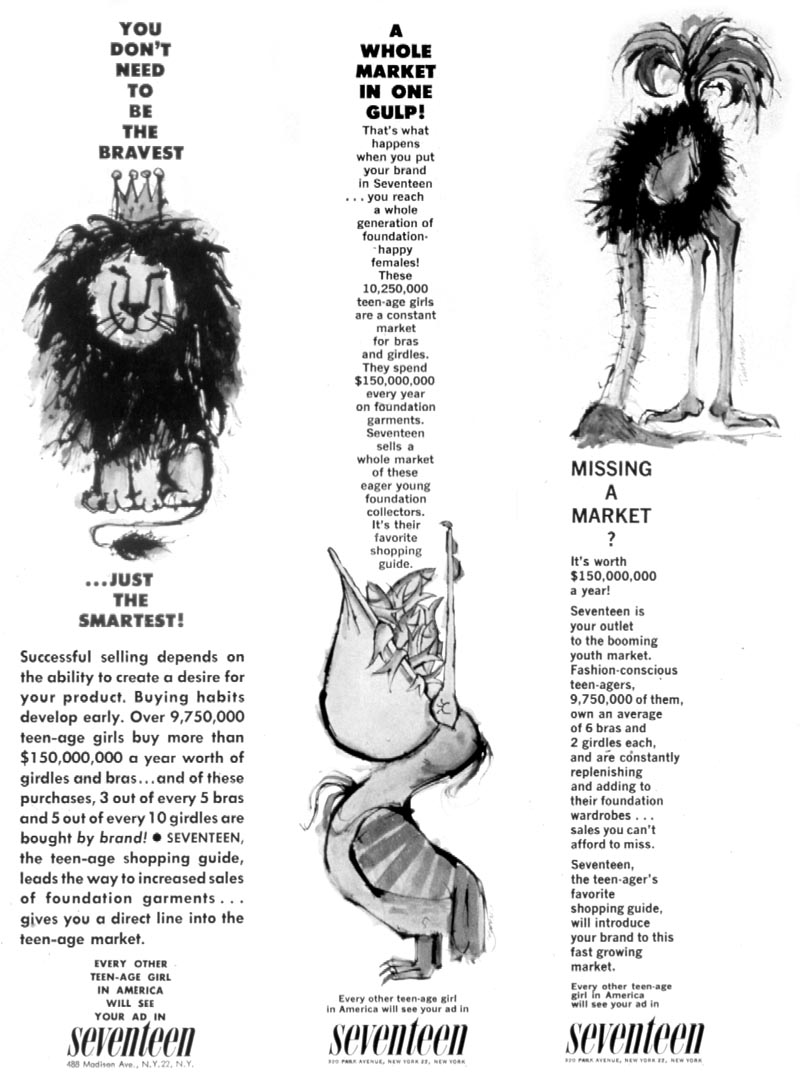
One of my pen-and-ink styles was strongly influenced by Milton Glaser (and then later a combination of Glaser and John Alcorn).
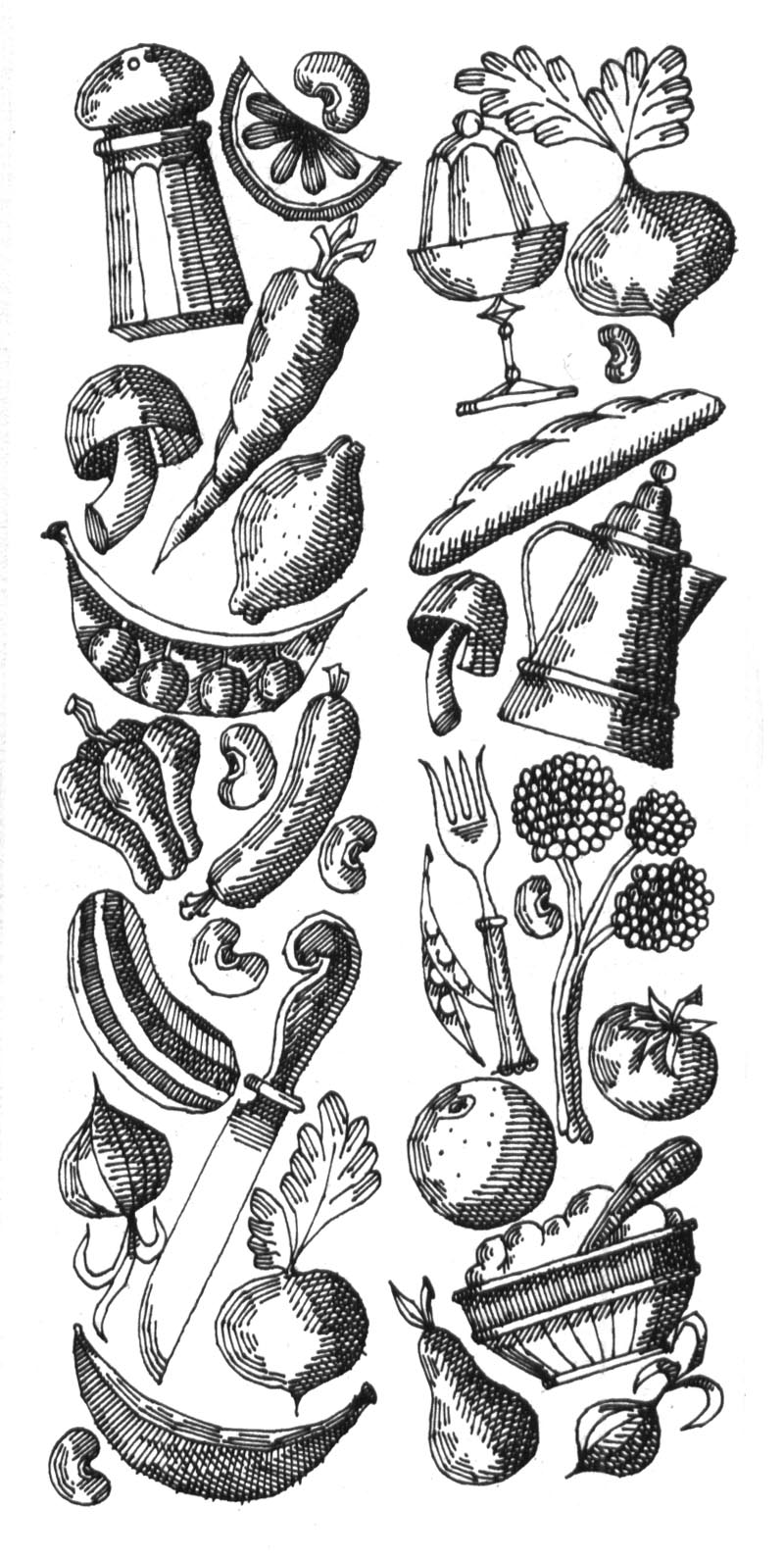
I asked Murray if he felt his work during this period was his own or if he was simply following a trend.
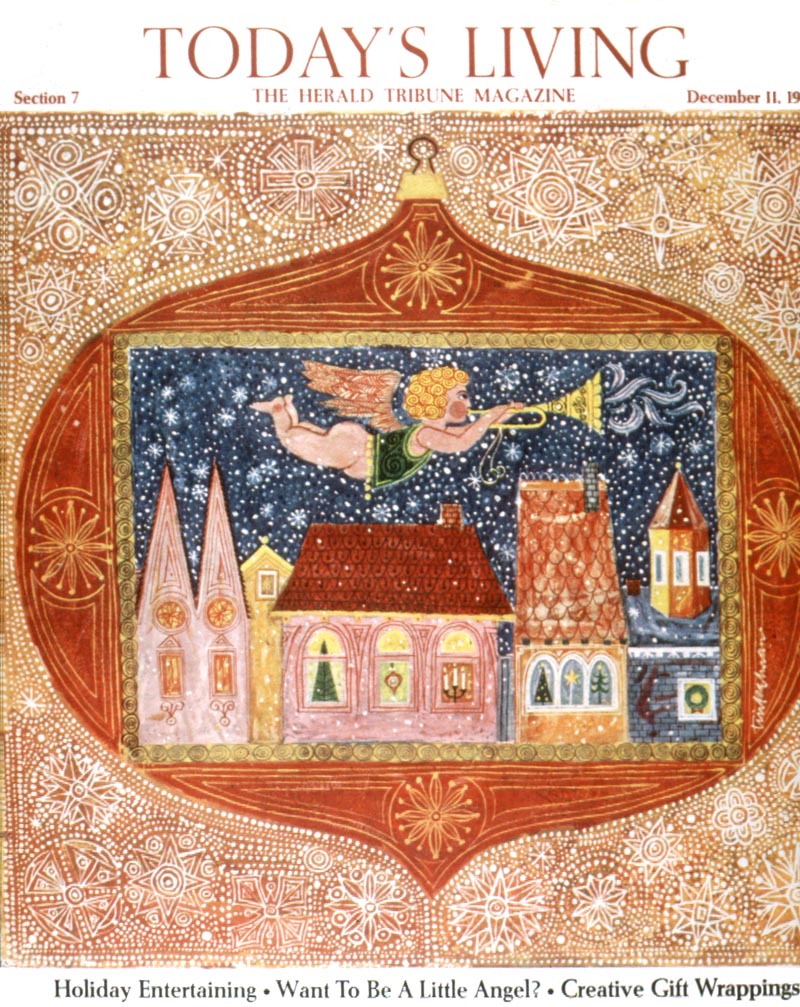
He replied enthusiastically, "Great question - and I've thought about this and I think about it in my relation with my students. I really did believe it was me and it was personal. And no more or less personal than when I moved to abstract expressionism, or no more or less than now when I'm working in photo-realism. I think they're all evolutionary stages - and I think they're all me."
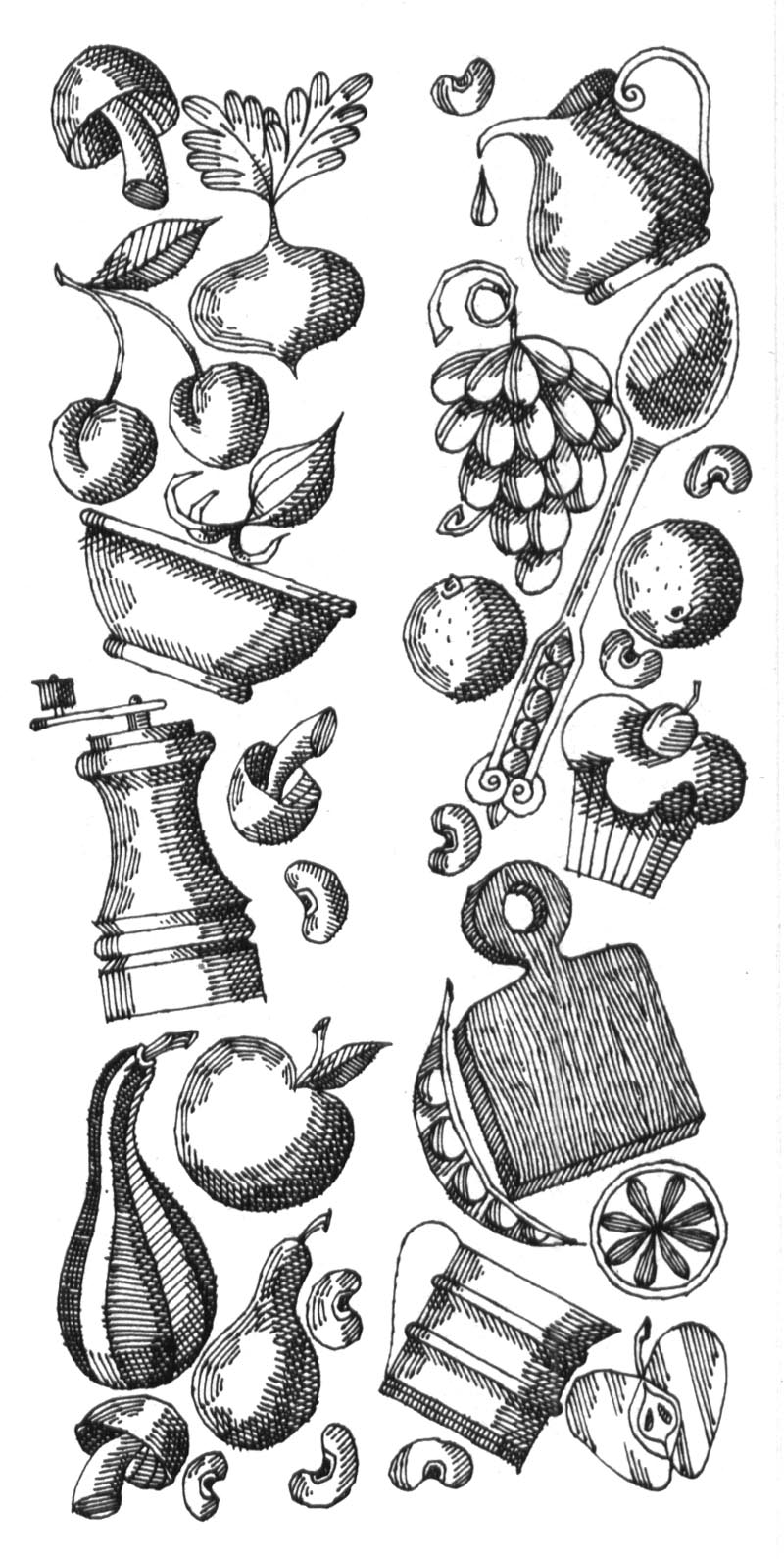
"I can tell you this with utmost sincerity: I never once did a job that I didn't believe in - at least when I did it."
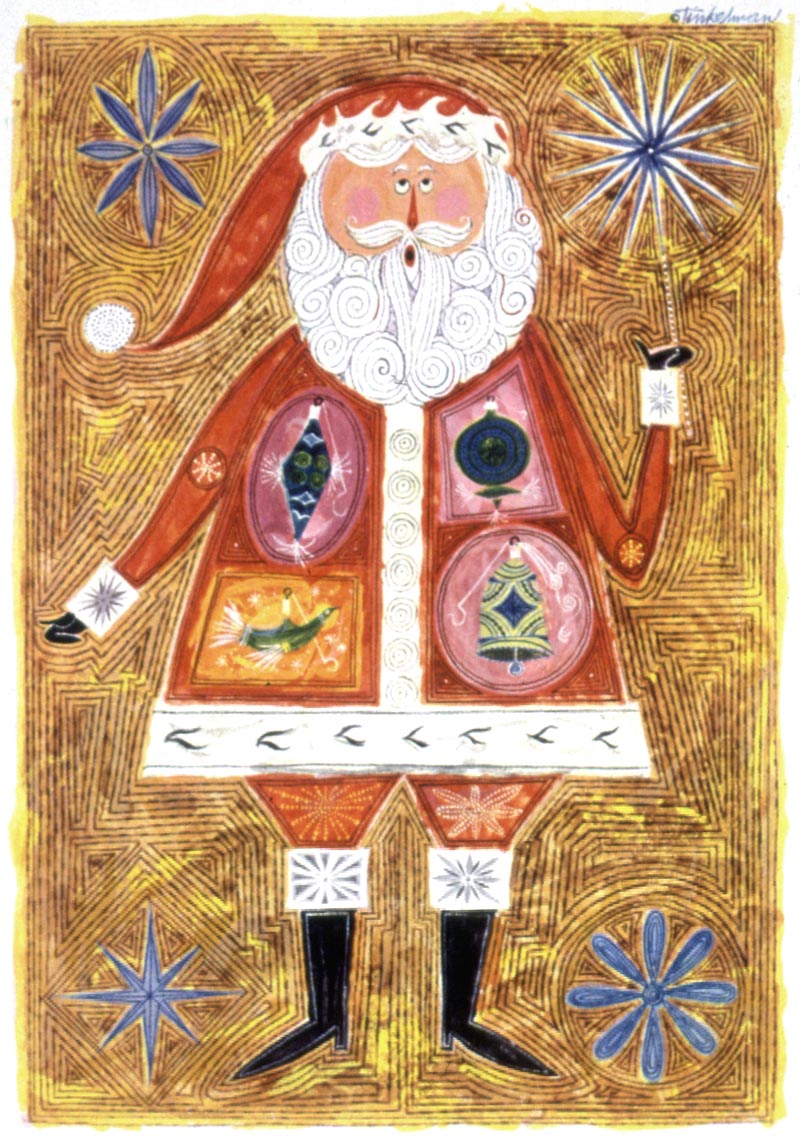
He laughs, "I also liked everything that I did - or else I wouldn't have let it out of the studio!"
* My Murray Tinkelman Flickr set.
Again Leif, very much enjoying these career reminiscences by Mr. Tinkelman of his time at Cooper Studios....
ReplyDeleteThanks! Zach
When Murray says: "I never did a job that I didn't believe in"...well I would take that for granted.
ReplyDeleteWith this man's IMAGINATION that he applied everywhere. If one's endowed with such an imagination - how can one not believe in it?
this is for murray.
ReplyDeleteA hello from david holzman.
It is also a hello to Milton, Seymore, and all of those greats I came in contact with.
Thanks.